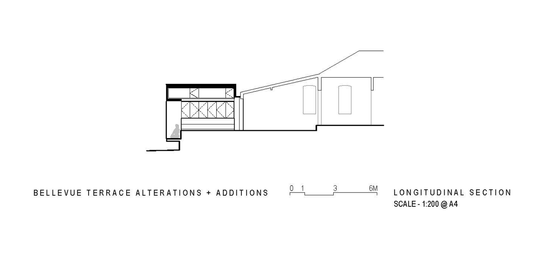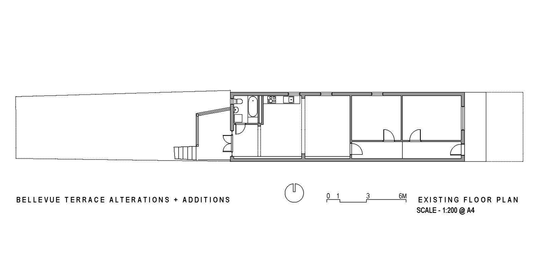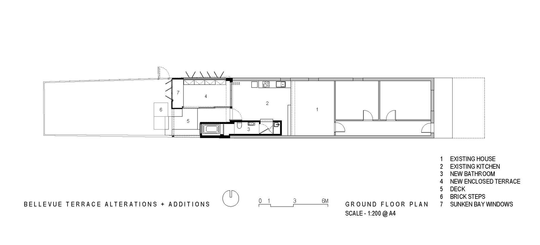Bellevue Terrace Extension is an alterations and additions project to an existing 1890's duplex. The original home was disconnected from its garden by a 1.5 meter level difference and an inconveniently placed bathroom. The project forges a new relationship with the outside by replacing an existing deck and pergola with a flexible space that is neither fully internal nor external…

"Our response was to choreograph a family of conditions that offers our clients varying degrees of ‘nearness’ to the outside, allowing them to exercise a high level of choice in the way they interact with their environment." — Philip Stejskal Architects
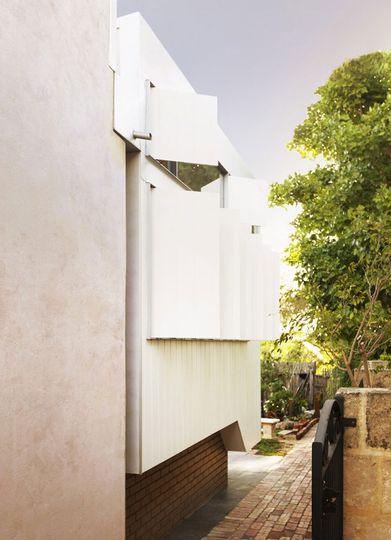
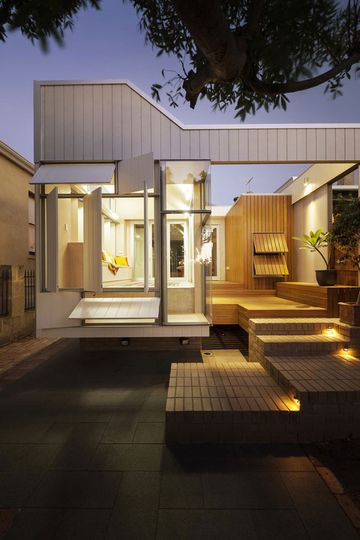
Loose Arrangement
Spatially, the project is loosely ordered into the following areas:
- An outdoor dining room
- A narrow bathroom
- A pathway between
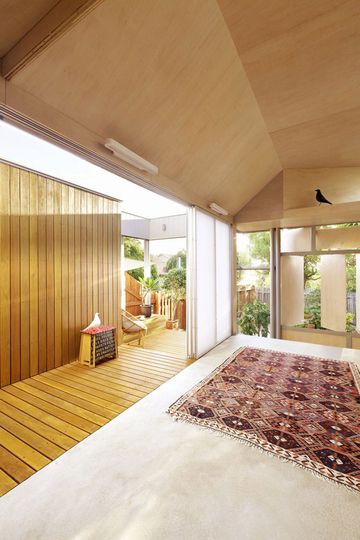
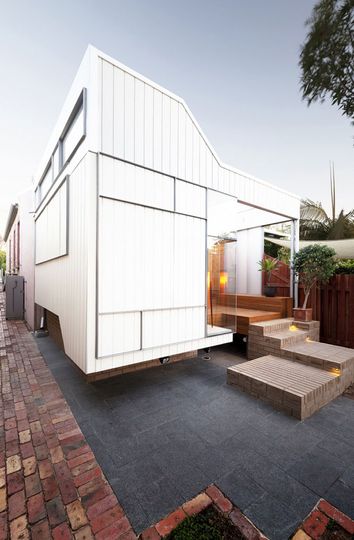
Indoor and Outdoor
As part of the brief, neither space is completely interior or exterior. Depending on the configuration of shutters, sliding panels and folding walls, the spaces move between these definitions and each other.
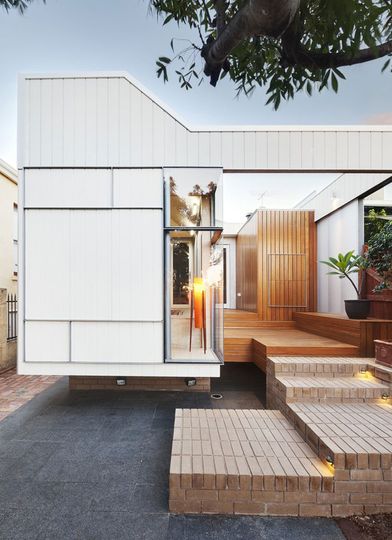
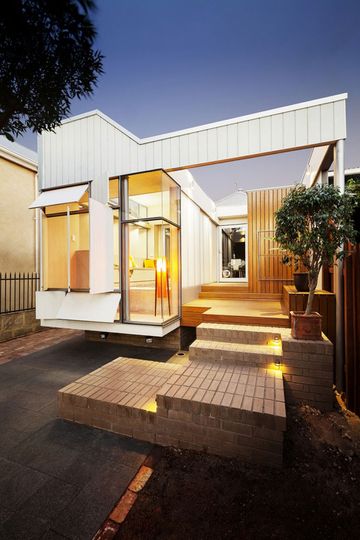
Spatial Flexibility
These operable surfaces permit the owners to personalise their environment and enjoy a spatial flexibility, which makes the modest spaces feel larger and cater to varying forms of habitation.
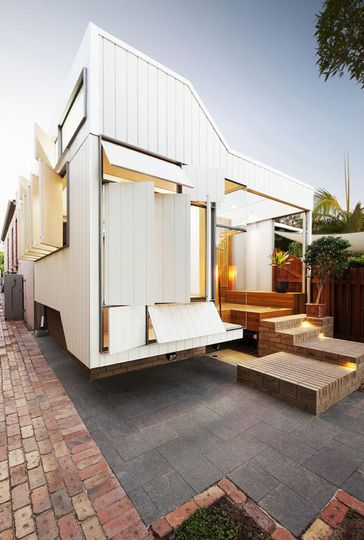
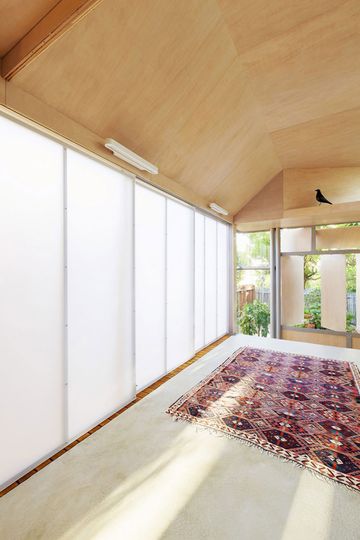
User Controlled Environment
The ability (and requirement) for the owners to interact with their shelter is central to the project. Philip Stejskal Architects worked with their clients to explore an interactive form of habitation that allows them to orchestrate varying levels of privacy, interiority, thermal comfort, functionality, etc. in response to climatic, social or other conditions. This flexibility is one of the keys to human comfort. Have you ever felt too hot or too cold in a centrally air conditioned space? If you could just open the window you'd likely feel more comfortable. The more control you have over your environment, the more comfortable you feel in it.
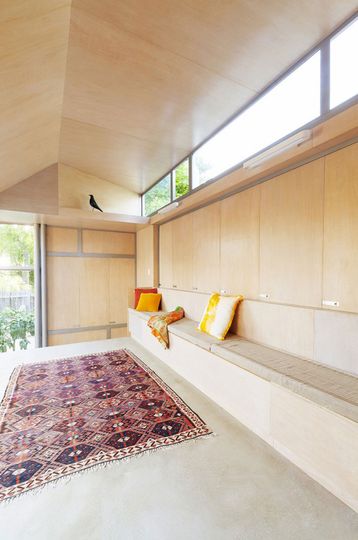
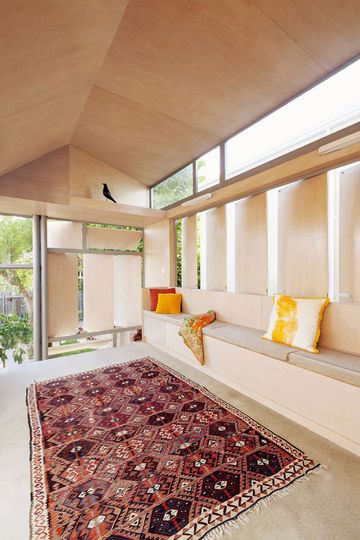
Connection with Natural Rhythms
Each new configuration offers a fresh nuance with the possibility that the addition may continue to offer surprises alongside the familiar rhythms that are adopted in response to repeating seasons and times of day. The design brings the owners closer to nature and these natural rhythms — an aspect of life that we have steadily lost with the rise of ducted air-conditioning and other systems.

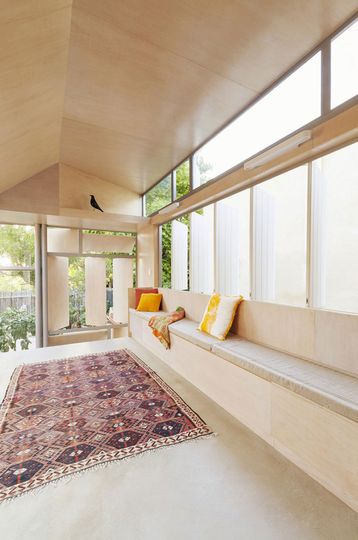
Terraced Passage
Passage between the house and garden is drawn out and made indistinct. The former flight of steps is replaced with a series of terraces in brick and timber that wind between the outdoor dining room and the new bathroom. The owners are given various opportunities to loiter along the way, to sit on edges of platforms and steps… to choose their condition of nearness to the outside – or inside.
